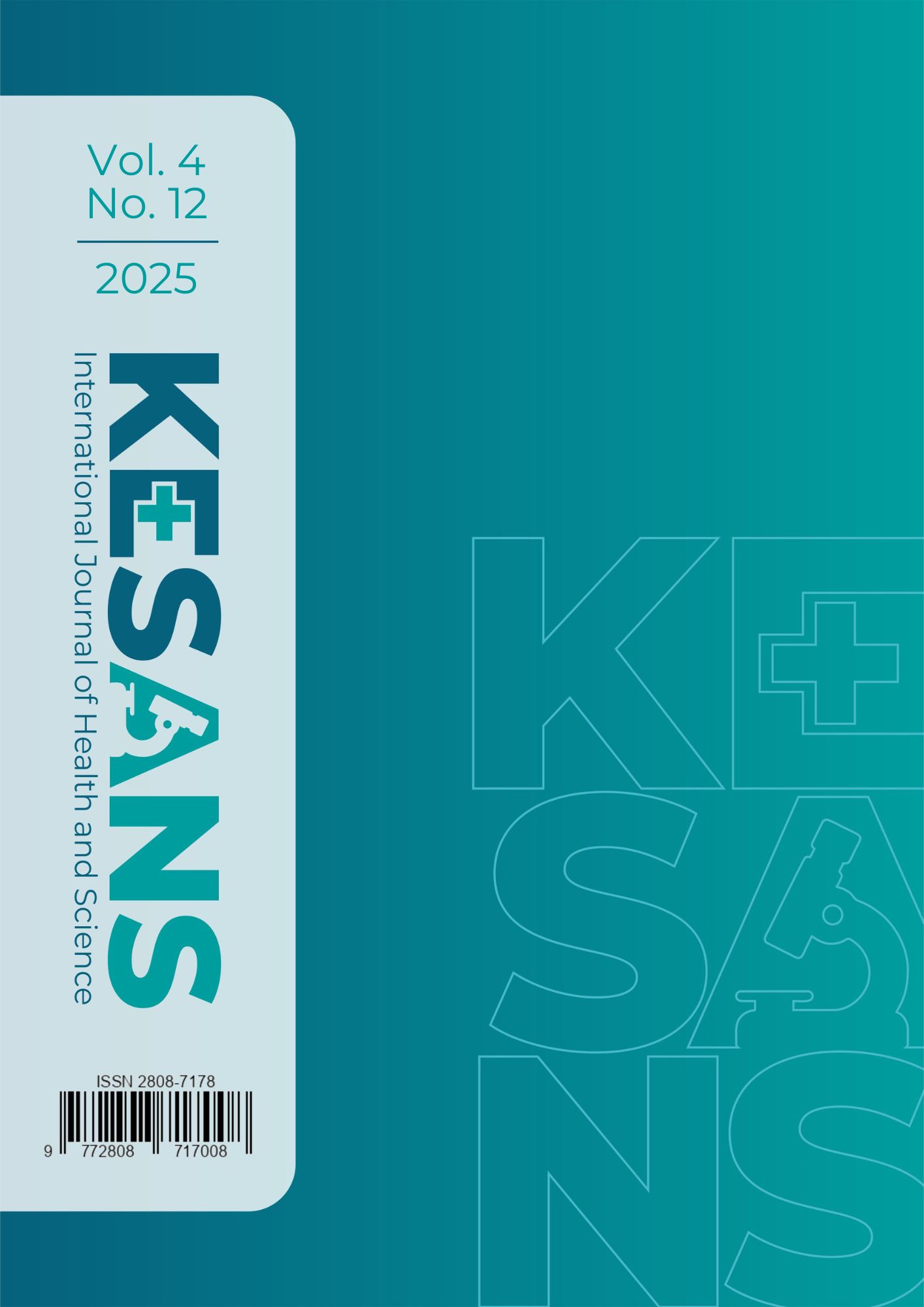Systematic Review of Waiting Time Barriers for Outpatient Pharmacy Services in Hospitals
DOI:
https://doi.org/10.54543/kesans.v4i12.437Keywords:
Outpatient Pharmacy, Waiting Time, Service QualityAbstract
Introduction: Wait times for outpatient pharmacy services are an indicator of service quality that influences patient satisfaction and compliance. However, in many hospitals, wait times for both over-the-counter and prescription medications still exceed Ministry of Health standards, with maximum wait times of ≤ 30 minutes for non-prescription medications and ≤ 60 minutes for prescription medications. Objective: To identify factors that influence waiting time for outpatient pharmacy services. Methods: This study used a Systematic Reviews design to identify factors that influence waiting time for outpatient pharmacy services by following the PRISMA guidelines. Results and Discussion: Structural factors contributing to long wait times include suboptimal pharmacy staff ratios, limited technological infrastructure, and limited waiting room capacity. From a process perspective, delays result from manual prescription verification, inefficient workflows, and time-consuming administrative processes. Outcome-wise, long wait times lead to decreased patient satisfaction and potentially decreased medication adherence. Interventions such as the implementation of electronic queuing systems, integration of pharmacy information systems, task redistribution, and service automation have been shown to reduce wait times by 20–50%. Conclusion: Reducing waiting times requires a comprehensive strategy through structural improvements, process optimization, and continuous monitoring of outputs.
Downloads
Published
How to Cite
Issue
Section
Citation Check
License
Copyright (c) 2025 R.E Solfitri Utama Ningsih, Haerawati Idris, Rizma Adlia Syakurah

This work is licensed under a Creative Commons Attribution-ShareAlike 4.0 International License.





















